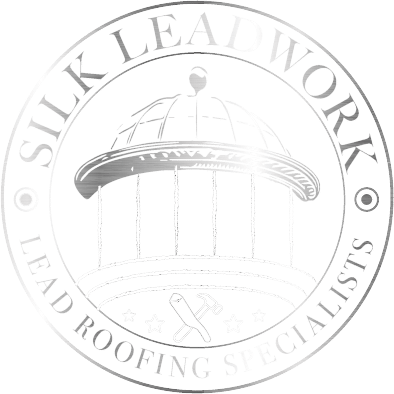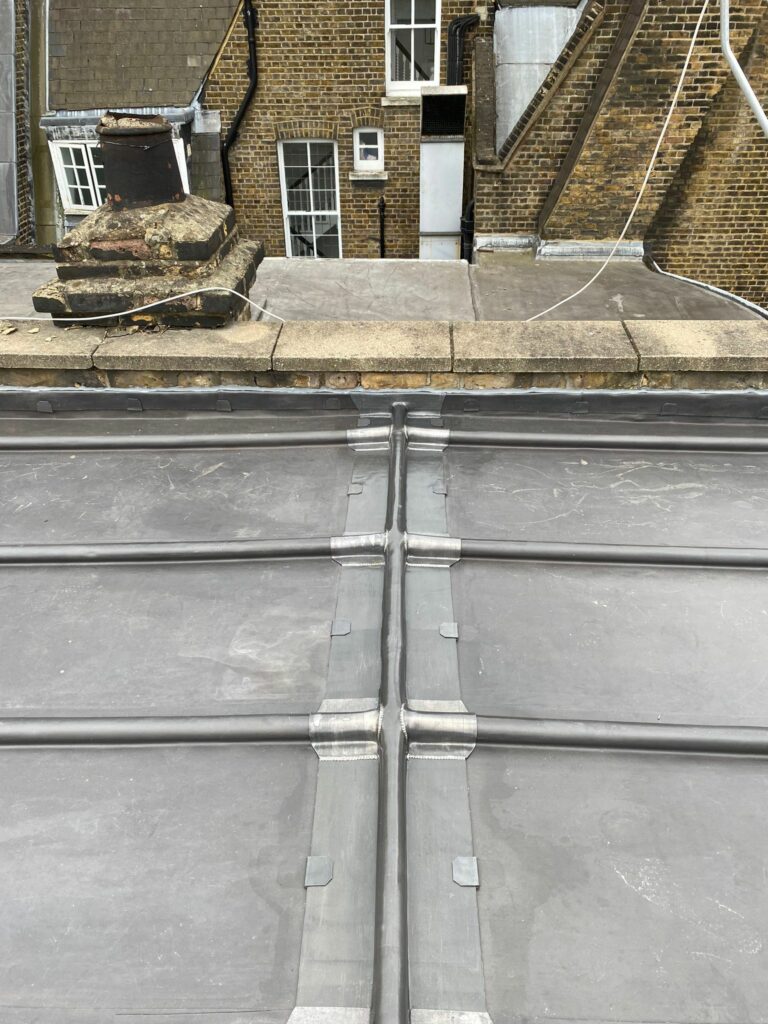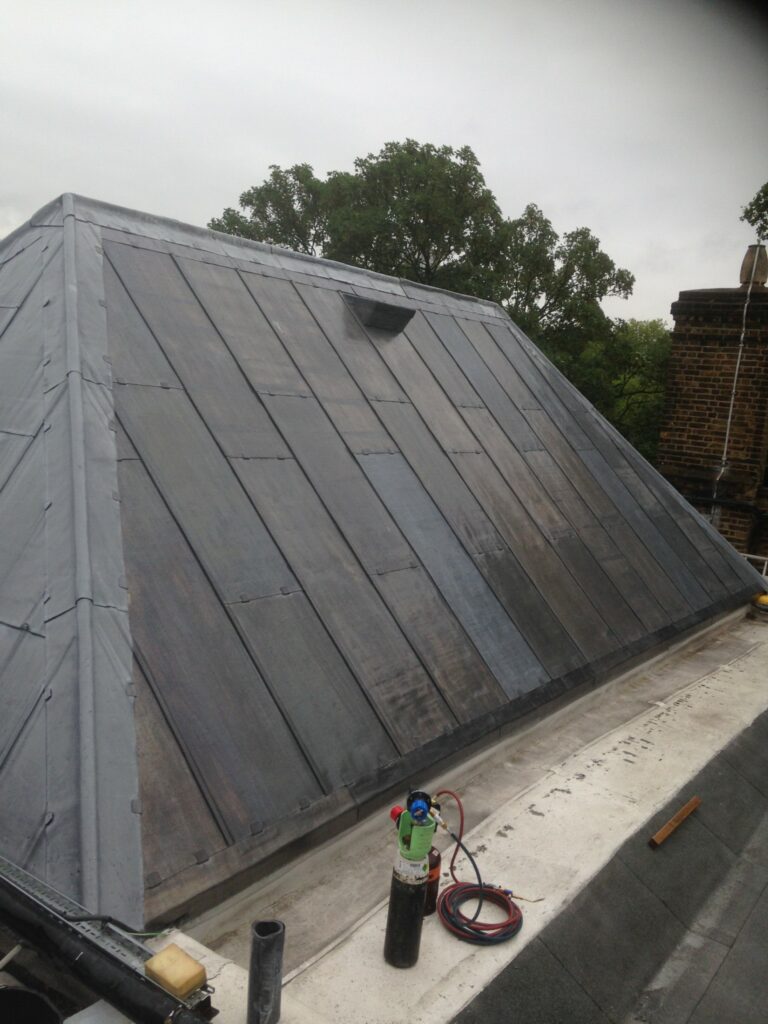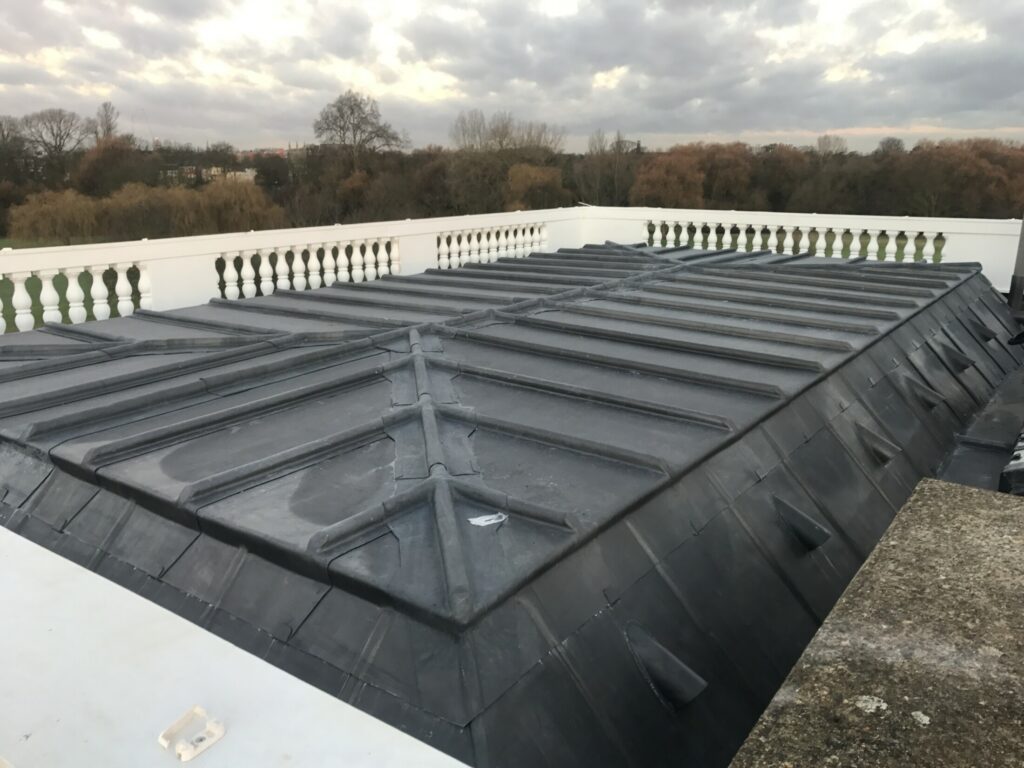Introduction:
Roofs are more than just a protective barrier; they’re a testament to architectural prowess and material innovation. One such material that has been a cornerstone in roofing for centuries is lead. In this guide, we’ll journey through the history, benefits, and modern applications of lead roofing. Whether you’re a homeowner, an architect, or a property manager, this article aims to shed light on the multifaceted world of lead in roofing.
The History of Lead in Roofing:
The Ancient Use of Lead:
Lead’s journey in construction can be traced back to ancient civilizations like the Romans and Greeks. They recognized its durability and malleability, making it a staple in their architectural endeavors, from aqueducts to temples. Learn more about the history of roofing materials here.
Modern-Day Applications:
Fast forward to today, and lead remains a revered roofing material, especially in Europe. Historic buildings, churches, and even modern homes sport lead roofs, a testament to its enduring appeal and functionality.
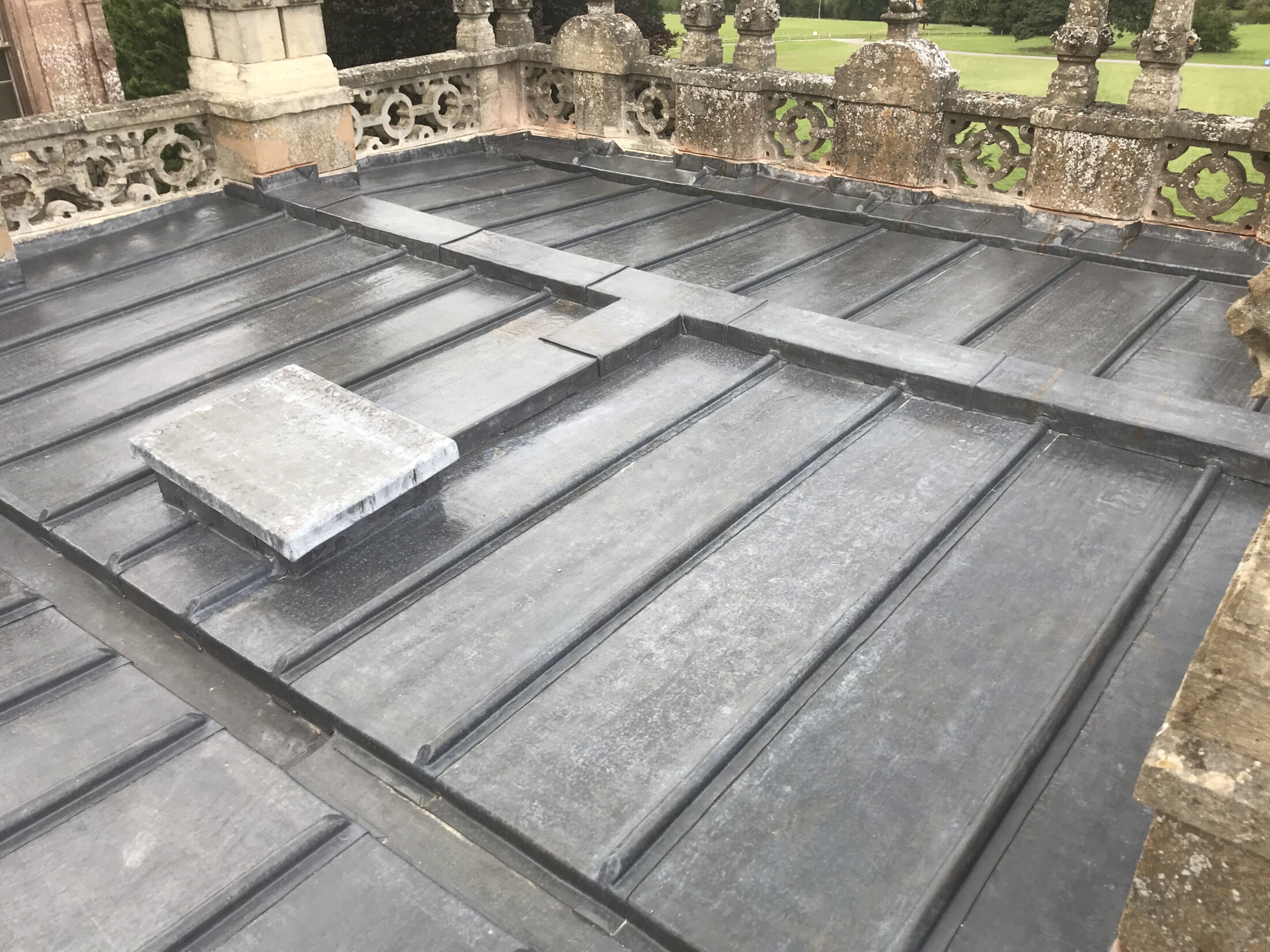
Benefits of Using Lead on Roofs:
Durability and Longevity:
One of the standout qualities of lead is its lifespan. With proper care, lead roofs can gracefully age over a century, outlasting many other materials. This resilience against elements, from UV rays to torrential rains, makes it a sound investment for homeowners and property managers alike.
Weather Resistance:
Lead’s inherent properties make it impermeable to water. Its ability to expand and contract with temperature fluctuations ensures that it remains intact and leak-free, even in challenging weather conditions. Check out our article on weatherproofing your home.
Aesthetic Appeal:
Lead roofs have a unique charm. Their soft, matte finish can complement various architectural styles, from rustic cottages to grand cathedrals. Moreover, lead can be molded to fit intricate designs, adding a touch of bespoke elegance to any structure.
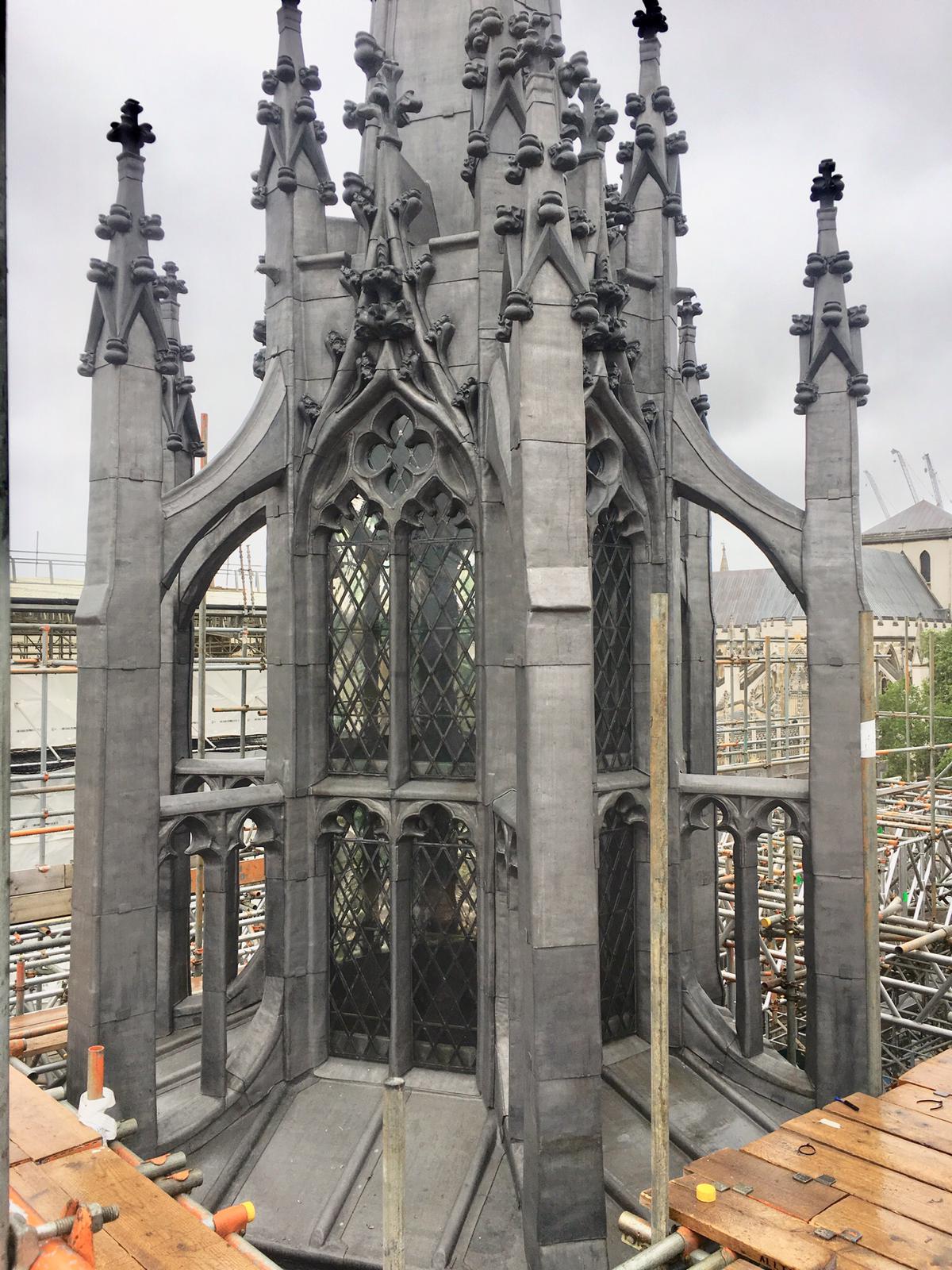
Potential Challenges and Solutions:
Environmental Concerns:
While lead is durable, its production can pose environmental challenges. However, the roofing industry has made strides in recycling and reusing old lead materials, significantly reducing its environmental footprint. Read more about sustainable roofing practices here.
Health Implications:
Lead, if mishandled, can pose health risks. It’s paramount to ensure that lead roofs are installed, maintained, and replaced with care, minimizing the risk of lead particles contaminating the environment.
Mitigating Risks:
Regular inspections, using protective barriers, and ensuring proper runoff systems can prevent lead degradation and potential health hazards. It’s also essential to be aware of local regulations and guidelines related to lead usage.

Installation Best Practices:
Choosing the Right Type of Lead:
Lead comes in various grades, each tailored for specific roofing needs. It’s essential to consult with roofing experts to determine the best type for your project. Explore different types of roofing materials on our site.
Tools and Safety Precautions:
Safety first! Ensure you’re equipped with the right tools and safety gear. This includes gloves, masks, and proper ventilation, especially if you’re working in enclosed spaces.
Professional vs. DIY Installation:
While DIY projects can be rewarding, lead roofing requires expertise. Hiring professionals guarantees not only a beautiful finish but also the safety and longevity of your roof.
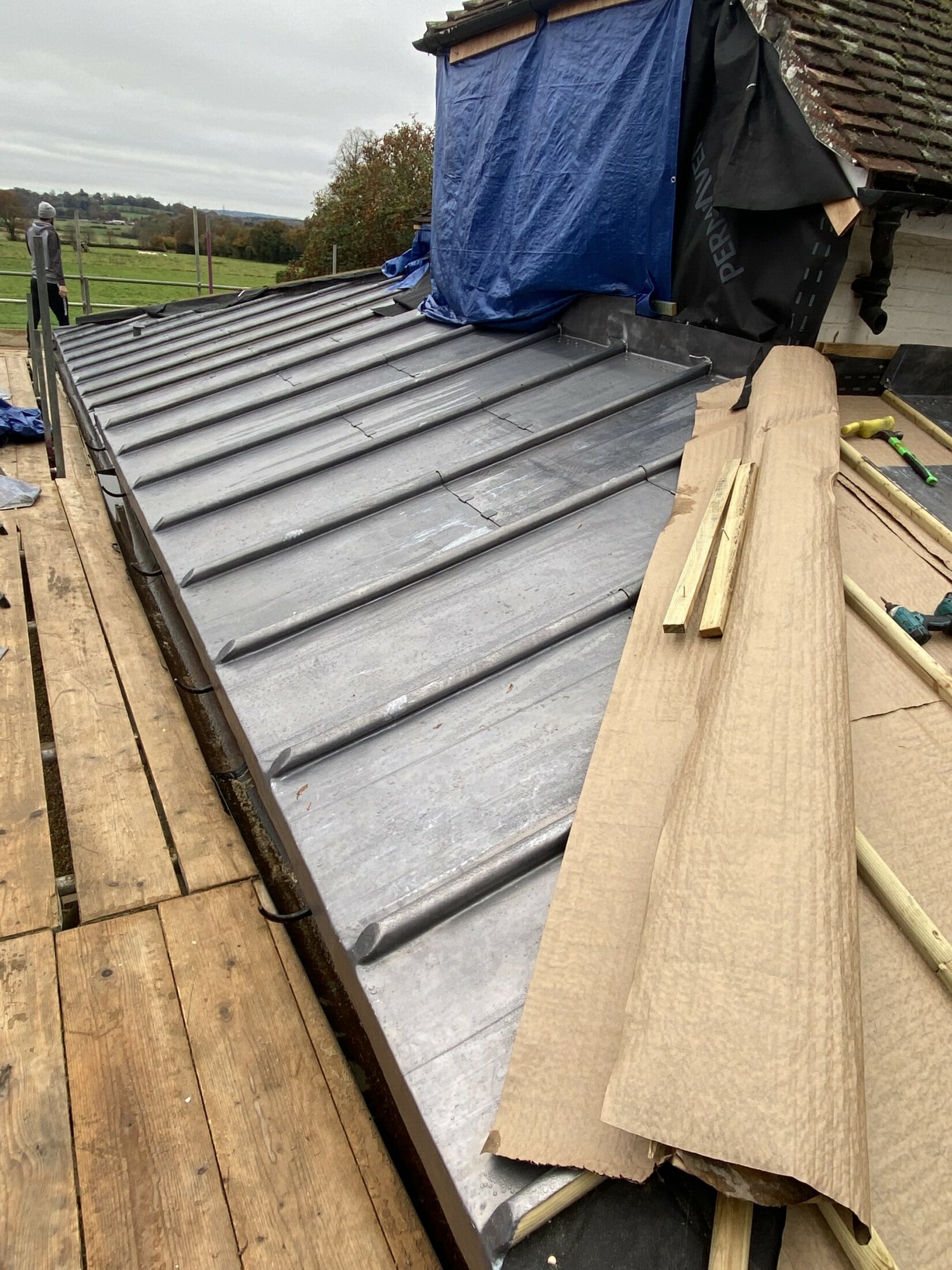
Conclusion:
Lead, with its storied history and undeniable benefits, remains a top choice for roofing. Its challenges are surmountable with the right knowledge and precautions. As we embrace modern architectural trends, it’s heartening to see materials like lead continue to play a pivotal role, bridging the past and the present.
Contact Us:
Thinking of a lead roofing solution for your property? Reach out to our team for personalised advice, quotes, and more.
